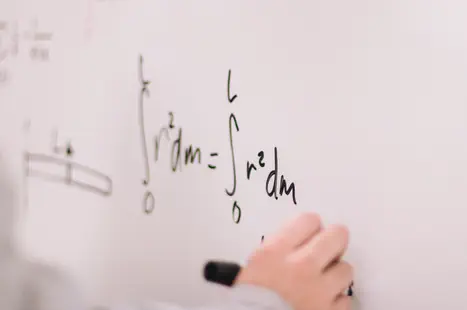My friend sent me a math joke earlier this year. She was hoping that I would take the bait and attempt the problem, and she won! :)
For those of you who remember advanced calculus techniques, this may be a familiar problem. It is unsolvable using traditional integral calculus techniques.
There are already a lot of solutions online, including solutions computed by calculators, so I won’t be going over the correct solution. Instead, I find it more interesting to show how integration by parts does not solve the problem.
I also just really wanted to test out the LaTeX functionality on this website ;’)
Integration By Parts
We first start off with the general formula for an integration by parts.
Integration By Parts Formula
The point of this formula is to break down complicated integrands composed of a product of two functions. In our case, one function would be $sin(x)$, and the other, $\frac{1}{x}$.
Next, we attempt to choose $f(x)$ and $g(x)$ such that it is easy to differentiate $f(x)$ and integrate $g’(x)$. What follows are just math computation steps.
At this point, you probably notice that the second half of the computation in (1), $\int_0^\infty cos(x)ln(x)$, requires another integration by parts operation.
However, notice that if I choose $f(x) = ln(x)$ and $g’(x) = cos(x)$, I’d just be going into circles. If I choose $f(x) = cos(x)$ and $g’(x) = ln(x)$, I would be dealing with further nested integration by parts to compute the integral of the natural log. Therefore, both methods are not good ways of solving this problem.
Solution Using Laplace Transform - Improper Integrals
I didn’t want to leave you all without the solution, so I found an explanation online. This particular solution uses a Laplace Transformation to solve the integral.
Now, you might be wondering why a transformation is needed. It may be that either the limits go to infinity, or there’s a vertical asymptote which makes the function discontinuous.
We can see an example of this happening at $x=0$:
These integrals can be solved, but they cannot be solved using normal methods initially since we don’t know the finite bounds. In other words, these are improper integrals. If we want to solve them like a regular integral, we need to transform them into a proper one.
